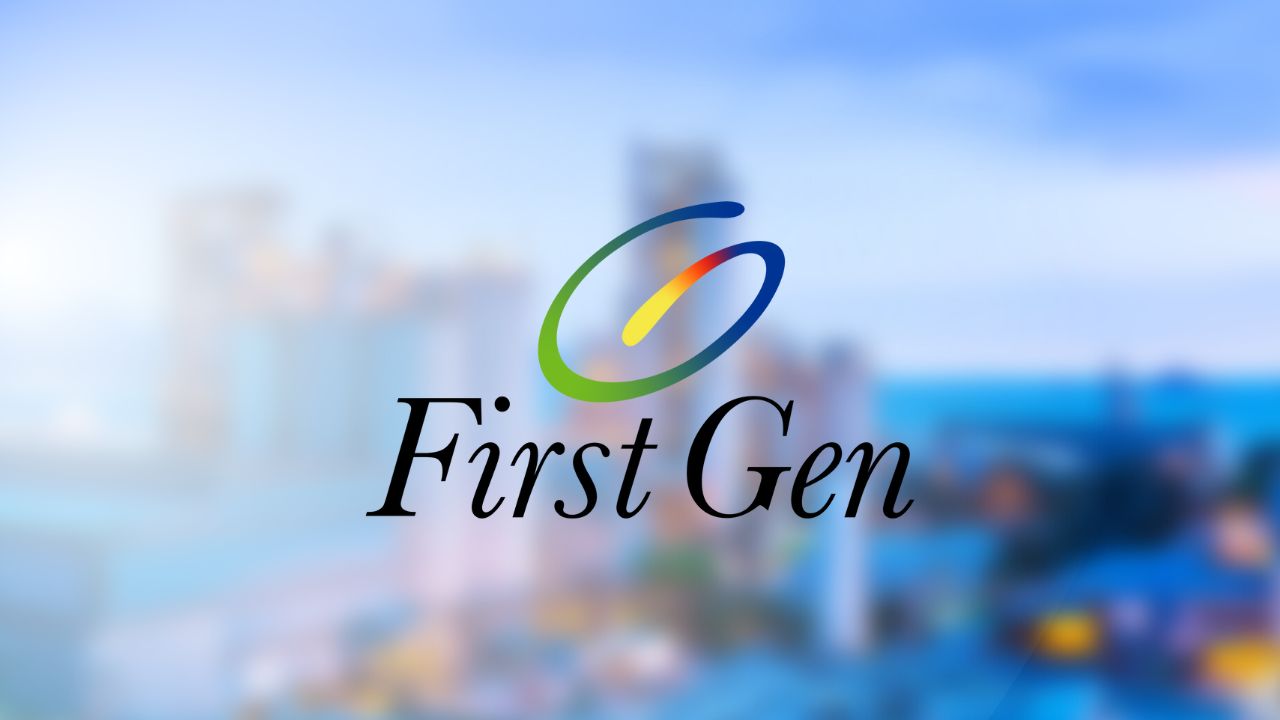Coding is now a fundamental skill in the digital era. The earlier students are introduced to it, the better they adapt to future technology requirements. Coding websites provide kids and teenagers a safe and structured way to develop logical thinking, problem-solving abilities, and creativity.
World businesses today are diverse in demand, and beyond the utilization of diverse technology, their production is also required. As automation, artificial intelligence, and data science use increase, coding literacy opens doors as a compulsory foundation. Educationalists, parents, and schools encourage the utilization of such tech tools that enhance learning how to code beginners.

These websites bridge the skill gap and enhance diverse technical training. Numerous factors contribute to the quality and functionality of a coding platform . Gamification, simplicity, age-appropriate content, visual learning aids, and project-based work all enhance learning.
Features like parent dashboards, progress monitoring, and community interactions also help maintain motivation. Scratch: Scratch, created by MIT, applies block-based coding to teach elementary coding principles to students at a young age through animation and storytelling. Tynker: Tynker offers robotics, JavaScript, and Python courses.
Its progressive learning approach involves interactive challenges and real-world projects . Code.org: Famous for its formal curriculum, Code.
org has content developed in collaboration with leading educational institutions and technology companies. Blockly: A graphical code editor designed by Google that teaches students coding concepts with drag-and-drop programming blocks. Kodable: For children aged 4–10, Kodable instructs programming with bright characters and guided puzzles.
CodeCombat: Has role-playing aspects where students code real code to instruct characters and battle. Bitsbox: Sends monthly coding kits to enable children to create JavaScript apps. It combines physical learning with web-based tutorials.
Hopscotch: Emphasises creativity. Children create games and animations through a visual language on tablets. Stencyl: Provides expert-level visual programming software for game development, best suited for older children who are eager to make cross-platform games.
Gamefroot: Teaches game development and digital storytelling through tutorials and exposure to worldwide user-created content. CodeMonkey: Integrates humor and coding by instructing monkeys in programming puzzles that enjoyably teach real syntax. Roblox Studio: Enables teenagers to create, code, and deploy interactive experiences based on Lua, a real programming language.
Thunkable: A drag-and-drop platform whereby students develop real mobile apps without experience. MakeCode: Developed by Microsoft, MakeCode offers block and JavaScript coding support, commonly utilized in microcontroller projects. Unity Learn: This program teaches C # programming in a professional setting, making it suitable for older teenagers who want to learn about game development.
Each platform has an age group, learning rate, and interest that it supports. Utilising more than one tool at a time can give a more diverse and interactive learning experience. STEM learning applications enable networked learning of science, mathematics, engineering, and technology.
Programming platforms open up these domains. Interactive problems create an entry point. Students connect abstract concepts with real-world applications through assignment completion on such problems.
Simulation, puzzles, and immediate feedback transform technical topics into interactive experiments. This active engagement makes recall simple and develops confidence. Coding converges with other STEM disciplines to foster a growth mindset.
Students develop apps, automate tasks, and even simulate science experiments, solidifying interdisciplinary learning. Early exposure to programming sets up familiarity with abstract thinking. Earlier minds learn languages, patterns, and logic more naturally.
By engaging with simple block code or animating, students memorize fundamentals without intimidation. This initial exposure fosters persistence, curiosity, and algorithmic thinking. Errors are learning experiences, and debugging is a satisfying experience.
Incrementally, students are active content providers, not passive consumers, of technology. As the digital revolution persists, learning platforms change. Artificial intelligence will integrate into learning paths to personalise them.
Virtual reality and augmented reality environments will enhance coding engagement. Cloud-based learning labs will provide collaborative global workplaces where young learners co-build projects across borders. Machine learning will be a top feature.
Platforms will be able to foresee areas of study where students need to improve and suggest adaptive tests. Interactive narratives, voice-code coding, and modular hardware packs will enhance online learning. Safety and privacy will continue to be a concern.
Platforms will add more security measures, ensuring children interact in controlled, secure environments. Parents and teachers will have greater control through real-time analytics and behaviour insights. Coding literacy is no longer a choice.
It is now essential to make the next generation of learners well-versed in what they will have to handle in the future. The best 15 coding websites for children and adolescents in 2025 are a rich mix of creativity, education, and entertainment. They break down the larger picture into bite-sized pieces of guidance and ignite learning in robotics, artificial intelligence, and game development.
Using these tools, children learn more than how to program. They learn resilience, creativity, and critical thinking—qualities they will need to thrive in the next world. The development of STEM education tools and tech-based platforms will only continue to make access easier, so learning to program becomes even more fun and productive than ever.
.















